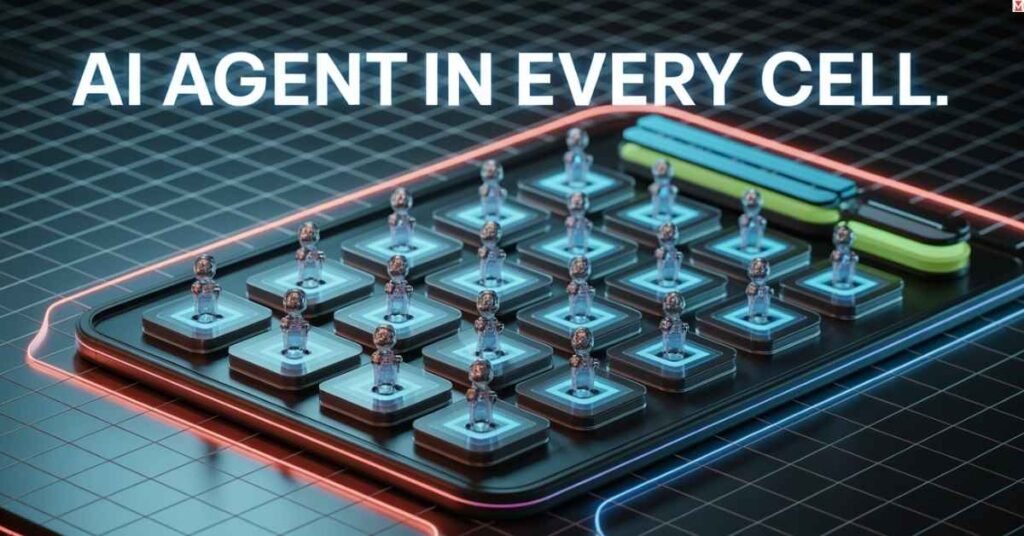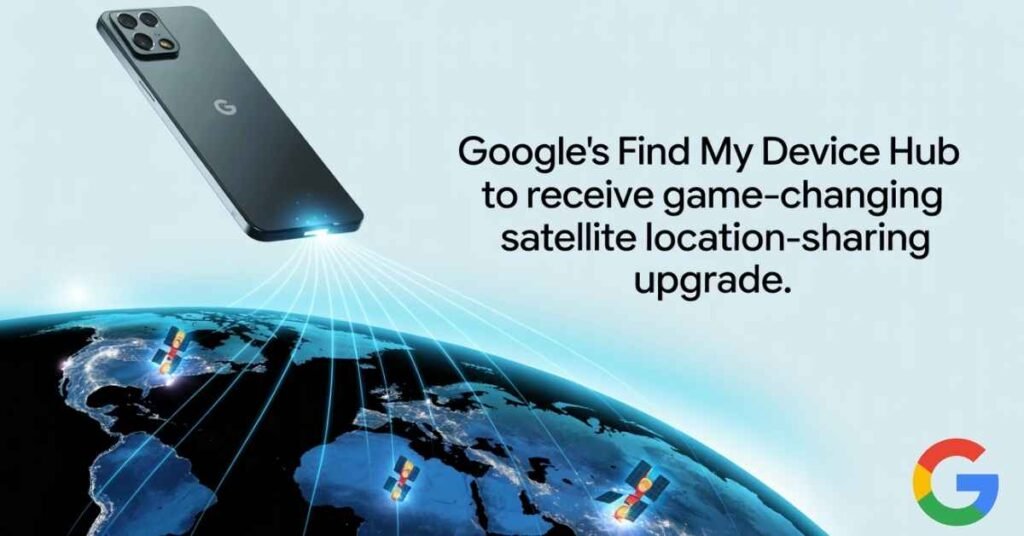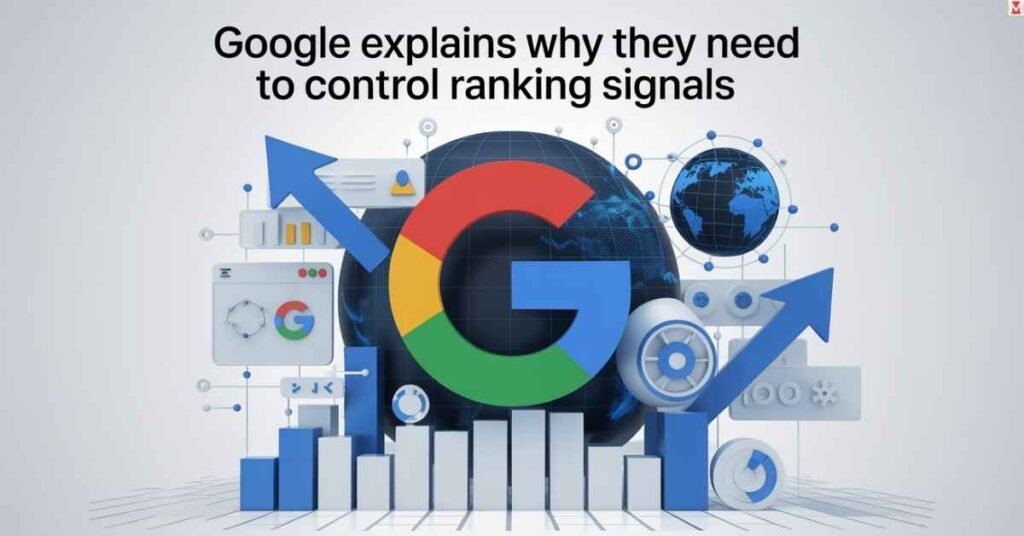Why Paradigm Created a Spreadsheet With an AI Agent in Every Cell — The 2025 Experiment Transforming Data Management and Productivity
AI Agent in Every Cell technology is revolutionizing how we think about data management. Paradigm’s groundbreaking approach puts intelligent virtual agents directly into spreadsheet cells, creating the world’s first truly smart Excel alternative. This innovation promises to transform productivity for millions of users worldwide. The traditional spreadsheet hasn’t evolved much since the 1980s. Static cells, manual data entry, and broken formulas have plagued business professionals for decades. But Paradigm’s AI Agent in Every Cell concept changes everything by embedding autonomous digital agents that can research, analyze, and update information automatically. What Is an “AI Agent in Every Cell”? AI Agent in Every Cell represents a fundamental shift from passive data containers to active intelligence workers. Unlike traditional spreadsheets, where cells simply store values, Paradigm’s AI-powered spreadsheet contains specialized chatbot analyzers that can perform complex tasks independently. Each virtual agent operates like a tiny researcher embedded in your intelligent spreadsheet. These grid intelligence systems can pull data from millions of sources, verify information accuracy, and update automatically when conditions change. The result? Your automated sheet becomes a living, breathing workspace that evolves with your business needs. READ ALSO: Samsung Introduces Galaxy Buds3 FE With Iconic Design, Enhanced Sound, and Galaxy AI Integration — The 2025 True Wireless Earbuds Redefining Smart Audio Experiences The technology works by assigning specific AI assistant roles to different columns and cells. One agent might specialize in lead research while another focuses on financial analysis. This collaborative approach creates what experts call “swarm intelligence” – multiple AI-enabled worksheets working together seamlessly. How Paradigm’s Agentic Grid Actually Works The technical architecture behind the AI Agent in Every Cell functionality involves sophisticated prompt-to-action engines. Users can speak to their smart Excel alternative using natural language, just like having a conversation with a colleague. Users assign prompts to columns and cells while agents automatically execute tasks. This contextually aware engine processes requests and delivers results faster than traditional manual methods. The system processes approximately 500 cells per minute with human-level precision. Here’s how the workflow operates: Command Input: Users write natural language instructions Agent Assignment: The system selects appropriate digital agents Data Processing: Agents query multiple sources simultaneously Quality Control: Built-in verification ensures accuracy The platform’s model switching capability allows users to toggle between different AI engines based on their specific needs. This adaptive model approach provides unprecedented flexibility compared to static spreadsheet solutions. Feature Traditional Excel Paradigm AI Data Updates Manual only Automatic Research Speed Hours/Days Minutes Accuracy Rate Variable 95%+ Learning Ability None Continuous Real Use Cases: Clean, Enrich, Analyze—On Autopilot AI Agent in Every Cell technology transforms various business processes. Sales professionals and finance folks are seeing dramatic productivity improvements across multiple workflows. Sales Intelligence Applications: Lead enrichment becomes effortless when your AI-powered workflow automatically finds contact emails, company information, and decision-maker details. One consultancy firm reported reducing its prospecting time from 8 hours to 15 minutes using Paradigm’s automated process. Financial Operations: Market research that previously required full-time analysts now happens automatically. The intelligent workflow pulls real-time pricing data, competitor analysis, and industry trends directly into your digital procedure. Financial advisors particularly benefit from automated risk assessments and compliance monitoring. READ ALSO: Chrome for Android Gets Major Settings Redesign — First Exclusive Look at the 2025 Interface Overhaul Marketing Strategy: Content teams use smart operations to research audience demographics, analyze competitor gaps, and predict engagement rates. The efficient system processes thousands of data points to provide actionable insights for campaign optimization. A case study from a mid-size consulting firm showed remarkable results. Before implementing the AI Agent in Every Cell technology, their team spent 40 hours weekly on manual research. After adoption, this dropped to just 5 hours while improving data accuracy by 60%. The productivity multiplier effect becomes clear when examining time savings. Tasks that consumed entire afternoons are now completed during coffee breaks. This shift allows consultants and sales professionals to focus on high-value strategic work rather than data drudgery. Paradigm vs. Excel & Google Sheets in 2025 AI Agent in Every Cell capabilities far exceed traditional spreadsheet limitations. Excel’s 40-year-old architecture simply cannot compete with modern grid intelligence systems. Microsoft Excel relies on static formulas that break easily and require constant maintenance. Google Sheets offers cloud collaboration but lacks the autonomous intelligence that business experts need. Paradigm’s approach embeds industry experts directly into your AI-enabled worksheet. Key Comparison Points Capability Excel Google Sheets Paradigm AI Integration Limited Basic Advanced Real-time Data Manual Manual Automatic Learning None None Continuous Agent Count 0 0 5,000+ The migration process from traditional tools proves surprisingly smooth. Existing spreadsheets can be imported directly into Paradigm’s intelligent spreadsheet environment. Most market consultants report becoming productive within their first day of the preliminary release. Corporate analysts, in particular, appreciate the real-time connectivity features. While Excel requires manual API setup, AI Agent in Every Cell technology connects automatically to hundreds of data sources. This seamless integration eliminates the technical barriers that historically limited spreadsheet intelligence. READ ALSO: Google’s Find My Device Hub to Receive Game-Changing Satellite Location-Sharing Upgrade — Here’s How It Will Transform Android Tracking Forever Pricing, Privacy, and Governance: What to Check First Understanding Paradigm’s pricing structure helps businesses evaluate their investment in the AI Agent in Every Cell technology. The company offers multiple tiers designed for different user needs. Pricing Breakdown Plan Monthly Cost Agent Limit Data Sources Starter $29 100 50 Professional $79 1,000 500 Enterprise Custom Unlimited Unlimited The seed round funding Paradigm secured enables competitive pricing compared to enterprise alternatives. This initial investment and venture capital backing ensure long-term platform stability for users considering the switch. Privacy concerns receive serious attention in Paradigm’s architecture. All data processing happens through encrypted channels with SOC 2 compliance. The company’s aggressive product roadmap includes additional security certifications planned for the commercial availability phase. Governance controls allow administrators to monitor AI Agent in Every Cell activities. Audit trails track every data source, decision point, and modification. This transparency helps organizations maintain compliance while benefiting from automated intelligence. READ








